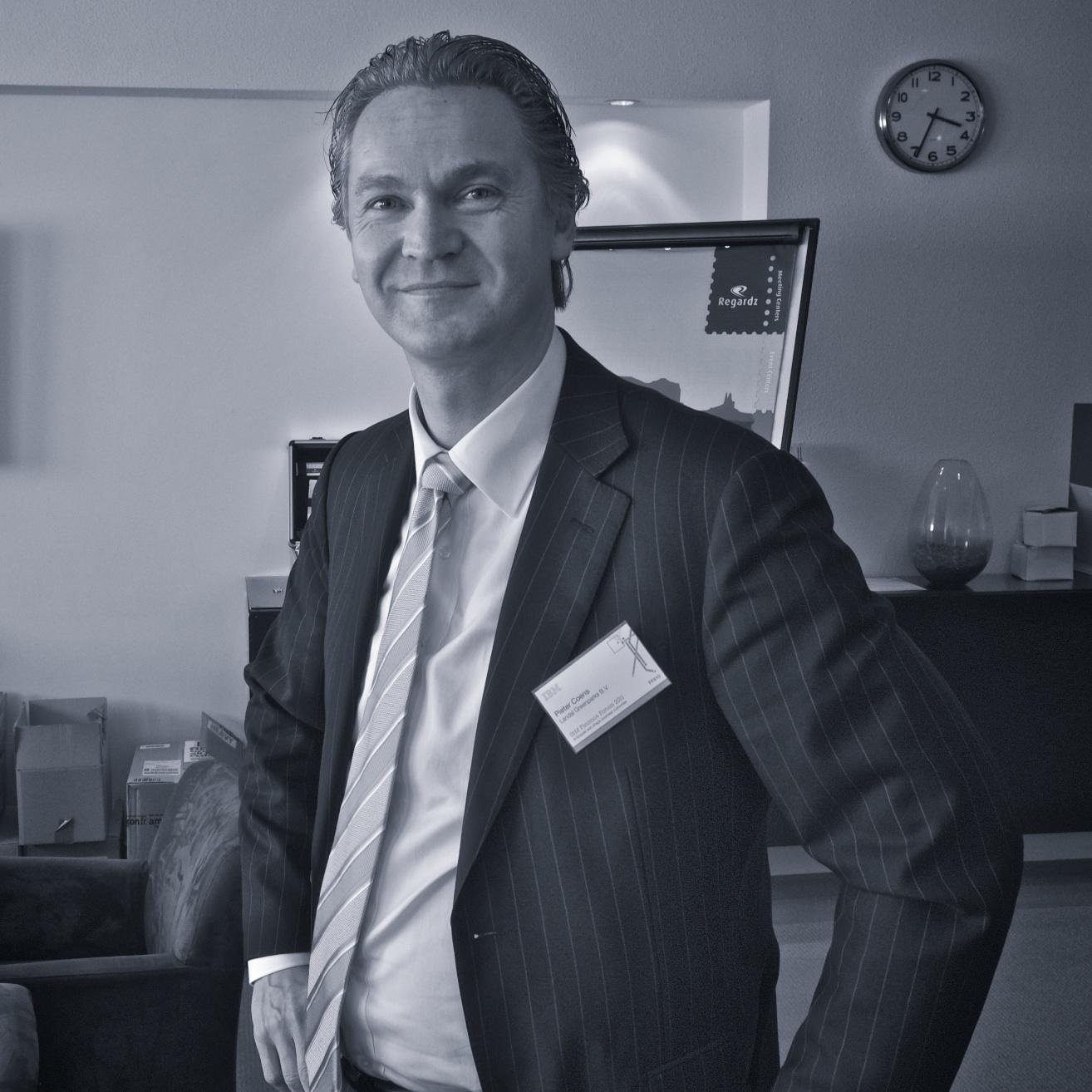 Please meet Pieter Coens. Pieter is the Director of Finance & Control at Landal GreenParks in the Netherlands. He started his career in public accounting and joined Landal over 16 years ago. Pieter has held various positions in finance at Landal.
Please meet Pieter Coens. Pieter is the Director of Finance & Control at Landal GreenParks in the Netherlands. He started his career in public accounting and joined Landal over 16 years ago. Pieter has held various positions in finance at Landal.
Landal GreenParks is a leader in bungalow-park management and rental. Landal has over 65 parks with a total of approximately 11,000 chalets. With 47 parks in the Netherlands, Landal leads the Dutch bungalow -park market. Outside the Netherlands, Landal has parks in Germany, Belgium, Austria, Switzerland and the Czech Republic.
Pieter gave a great presentation about Landal’s planning and forecasting processes at the IBM Finance Forum in Amsterdam on May 24th, 2011. We were able to have a quick chat at the event.
Christoph Papenfuss: You have implemented IBM Cognos to automate your budgeting and forecasting processes. What have you accomplished so far?
Pieter Coens: IBM Cognos currently helps us create an annual budget along with a monthly forecast. For that purpose, we have implemented several elements including models for Rental Revenue and our P&L.
Christoph Papenfuss: How did you manage your processes before that?
Pieter Coens: We used to manage our processes with a myriad of Excel files. It was very difficult. We ran into various issues such as managing excessive file sizes that slowed down the network, dealing with sluggish recalculations, difficulties tracing interdependencies etc.. Aggregating the different files was extremely cumbersome and time-consuming. And of course, there are the associated audit issues with spreadsheets.
Christoph Papenfuss: How are you benefiting from the implementation?
Pieter Coens: IBM Cognos has allowed us to automate a lot of the steps in the process such as preparing, distributing and aggregating planning templates. We are also able to develop more intricate models that provide us with better insights. Overall, we feel that our finance team and the business users are now able to focus more on the actual planning activities rather than the administrative tasks that I described earlier. My team is much more productive.
Christoph Papenfuss: You have an annual budget and also a monthly forecast. Who is involved in the process?
Pieter Coens: Finance is in charge of executing the process. But the business owners have to work and develop their own budgets and forecasts. They are in charge of entering their data in the models. Finance plays the role of the coach: we help the business make sense of the numbers and we guide them through the forecasts and budget iterations. This approach provides us with several advantages: By actively involving the business we can obtain more accurate and timely data. We also feel that the business is able to gain better business insights by actively working with their budgets and forecasts and the associated monthly actuals. Last but not least, Finance has more time to focus on value-added tasks such as performing analysis.
Christoph Papenfuss: You have a solid forecasting process. How often do you update the forecast and how far do you look into the future?
Pieter Coens: We currently use a monthly forecast. This allows us to anticipate and react to market changes. We ask the business to perform a detailed forecast for the next two months only. The remaining months until year-end are automatically calculated as a trend of the 2-month forecast. We found that creating a detailed forecast further out than 2 months does not necessarily result in very accurate data and it also takes a lot effort. We want the business to focus their energy on the short time-horizon and only forecast the know effects throughout the Full Year.
Christoph Papenfuss: You are proponent of driver-based models. Can you give us an example of how you have implemented this? Also, what are the benefits for the organization.
Pieter Coens: Driver-based models allow us to increase the speed of the budgeting and forecasting exercise. Also, we are able to perform better analysis at month-end and during the planning activities: Instead of just looking at an absolute variance, drivers allow us to review this from different angles such as price or volume effects. Food & Beverage Revenue, for example, can be calculated as Number of Guestnights * Average Spend on Food & Beverage. The associated Cost of Sales are a percentage of the Food & Beverage Revenue that has been calculated.
Christoph Papenfuss: How did you go about implementing the IBM Cognos solution?
Pieter Coens: We decided to follow a modular approach and started with a few smaller projects. This allowed us to build critical skills and develop success much earlier. This in turn led to a situation where the business heard about our accomplishments and they started asking for additional projects e.g. forecasting on Operational Management Information.. Change management is a lot easier if the business users ask for projects instead of us pushing them to accept
Christoph Papenfuss: What else are you planning to do?
Pieter Coens: We are definitely looking to reduce the level of detail in our models. More detail does not mean higher accuracy. On the contrary, more detail requires more work and it does not necessarily drive accuracy. We are also looking to implement additional models such as cash flow and predictive modeling/forecasting for our Yield department.
Christoph Papenfuss: Thank you very much, Pieter! Good luck with your implementation.
